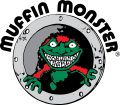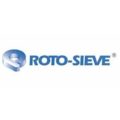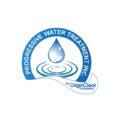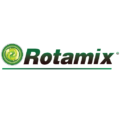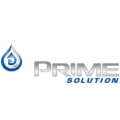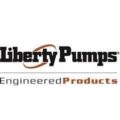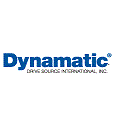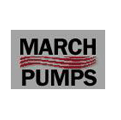Chemical Feed
Although metering pumps can pump water, they are often used to pump chemicals, solutions, or other liquids. Many metering pumps are rated to be able to pump into a high discharge pressure. They are typically made to meter at flow rates which are practically constant (when averaged over time) within a wide range of discharge (outlet) pressure. Manufacturers provide each of their models of metering pumps with a maximum discharge pressure rating against which each model is guaranteed to be able to pump against. An engineer, designer, or user should ensure that the pressure and temperature ratings and wetted pump materials are compatible for the application and the type of liquid being pumped.
Diaphragm and peristaltic pumps
In order to avoid leakage at the packing or seal particularly when a liquid is dangerous, toxic, or noxious, diaphragm pumps are used for metering. Diaphragm pumps have a diaphragm through which repeated compression/decompression motion is transmitted. The liquid does not penetrate through the diaphragm, so the liquid inside the pump is sealed off from the outside. Such motion changes the volume of a chamber in the pump head so that liquid enters through an inlet check valve during decompression and exits through an outlet check valve during compression, in a manner similar to piston pumps. Diaphragm pumps can also be made which discharge at fairly high pressure. Diaphragm metering pumps are commonly hydraulically driven.
Peristaltic pumps use motor-driven rollers to roll along the flexible tubing, compressing it to push forward a liquid inside. Although peristaltic pumps can be used to meter at lower pressures, the flexible tubing is limited in the level of pressure it can withstand.






